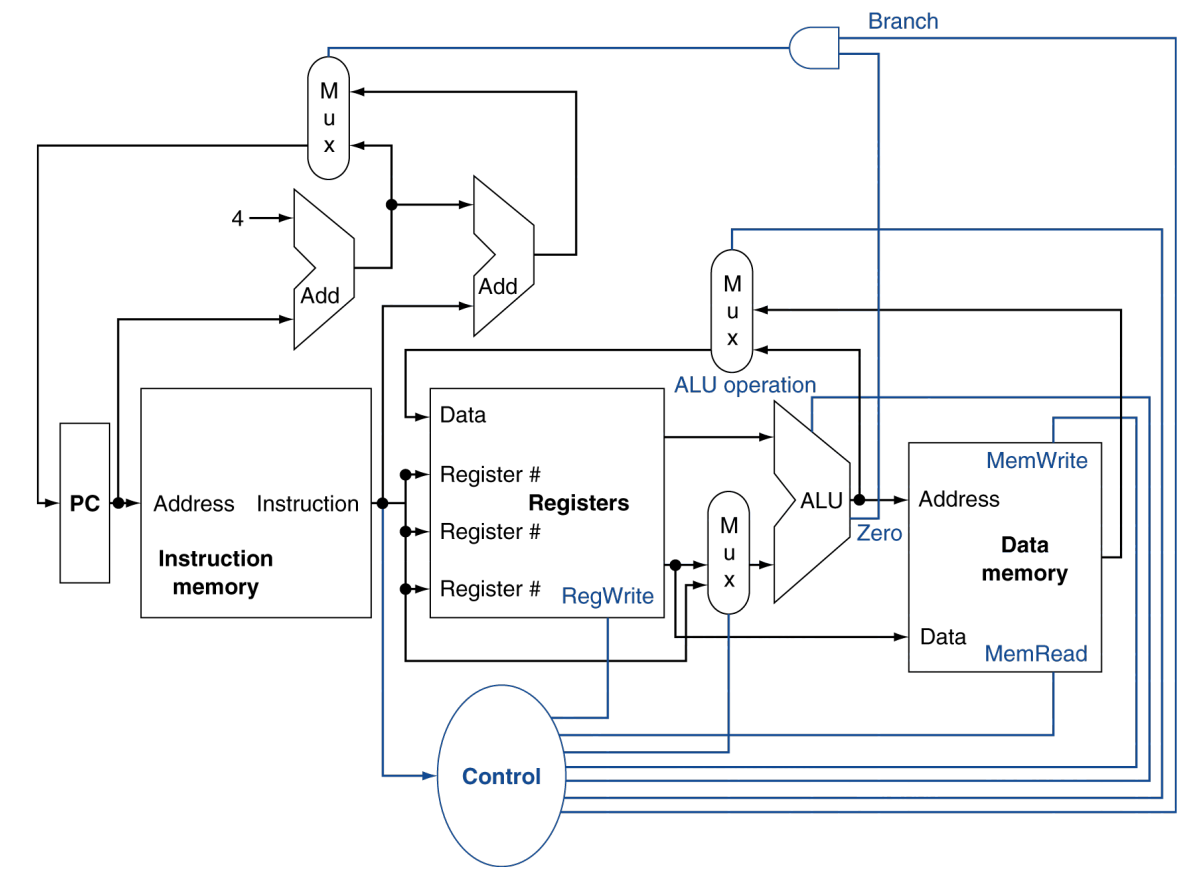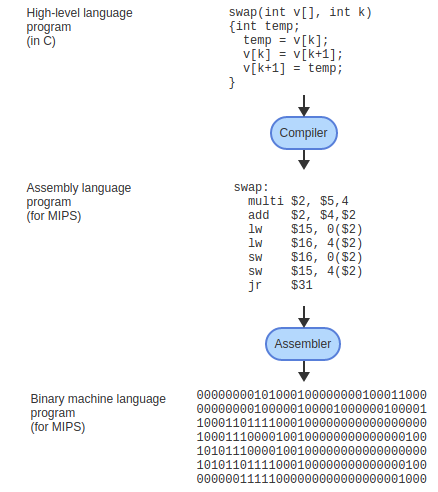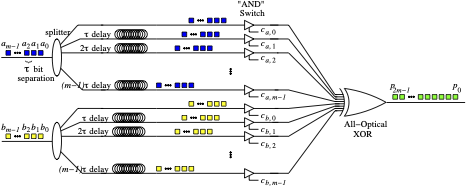# Computer Organization #### and Assembly Language Programming --- CS 130 // 2024-08-27 <!--=====================================================================--> # Welcome! Instructor: Eric Manley<br> --- <div class="twocolumn" style="font-size: 85%"> <div> **Office:** Collier-Scripps 327<br> **Email:** <eric.manley@drake.edu><br> **Phone:** (515) 271-2177 </div> <div> **Office Hours:**<br> Schedule in Calendly the day before or drop in<br/>M 9:30am-12:30pm<br/>Th 2:00pm-4:00pm<br> (tentative) </div> </div> <!--=====================================================================--> # Course Overview <!-- .slide: data-background="#004477" --> <!--=====================================================================--> ## Overarching Theme - Learning how a high-level program is actually executed on your computer's processor <!--=====================================================================--> So... what is a processor? <!---------------------------------->  <!---------------------------------->  <!---------------------------------->  <!---------------------------------->  <!--=====================================================================--> ## Major Aspects of the Course 1. Assembly language programming 2. <!-- .element: class="fragment"--> Digital logic 3. <!-- .element: class="fragment"--> Processor architecture 4. <!-- .element: class="fragment"--> The C Programming Language <!--=====================================================================--> #### Why should I learn this stuff? <!----------------------------------> Sometimes you really need to understand the system to solve your problems  <p class="fragment">Wait, that's the wrong Shazam </p> <!----------------------------------> #### Shazam - the transaction processing company  - They hire developers in Des Moines - Need to process transactions fast - If the Java garbage collector kicks in, they're in trouble <!----------------------------------> #### How does magic *really* work in our world? <div class="twocolumn" style="font-size: 85%"> <div>  <!-- .element width="400px" -->  <!-- .element width="200px" --> </div> <div>  <!-- .element width="400px" --> </div> </div> </div> <!--=====================================================================--> ### My background with this course - 1996-2004: C/C++ was my _native_ language - <!-- .element: class="fragment"--> 2001: I took a course in _assembly_ and _digital circuits_ - didn't understand how it related to actual computers - <!-- .element: class="fragment"--> 2003: Took an awful course on computer architecture - deathly afraid of systems courses - <!-- .element: class="fragment"--> 2005: 😱 assigned to teach _computer organization and assembly language programming_ in grad school - ended up teaching it 8 semesters in a row <!----------------------------------> - 2007: 😱 took a qualifying exam on computer architecture - read the entire textbook _and_ the sequel - <!-- .element: class="fragment"--> 2009: got Ph.D. - this stuff was an important part of my research  - <!-- .element: class="fragment"--> 2022-2024: Teaching this course after 13 year break <!--=====================================================================--> # Course Logistics <!-- .slide: data-background="#004477" --> <!--=====================================================================--> ## Course Website [https://ericmanley.github.io/Fall2024/CS130](https://ericmanley.github.io/Fall2024/CS130/) <!--=====================================================================--> #### What to do before coming to the next class 1. Read the [syllabus](https://ericmanley.github.io/Fall2024/CS130/syllabus) 2. From the [resources](https://ericmanley.github.io/Fall2024/CS130/resources) page - If you don't have a JAVA SDK installed, install a Java SDK - CS67 students - you can probably use the same one for both classes - Download and run MARS - the MIPS simulator we'll be using <!--=====================================================================--> ## Warm up exercises Get in groups discuss and write down your ideas 1. Rewrite the following code with one arithmetic operator (+, -, etc.) per line ```python pay = (salary + bonus) - (health_premium + taxes) ``` 2. Rewrite lines of this form ```python a = b + c ``` like this ``` add a, b, c ``` <!--=====================================================================--> ## Discussion Questions 1. What is the difference between computer _memory_ and the computer _disk_? 2. When using Excel spreadsheets, what causes something to be in memory? What causes something to be on the disk? 3. When writing a Python program, what causes something to be in memory? What causes something to be on the disk?